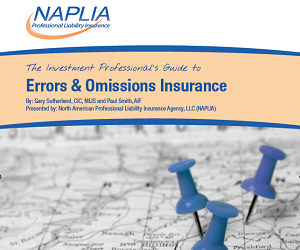Recently, while attending a conference in Las Vegas, I went to one of the sessions on social media.
The tag line was: “You are who Google says you are”
The audience was made up of some heavy users, several novices and the majority of folks like me, interested not but not always sure of the business benefits.
LinkedIn was the most talked about form of social media with 90% of the audience having a profile.
However, discussions were framed around not just using LinkedIn as an on-line business card create your profile and leave… but rather a networking group and prospective lead generator. Advance LinkedIn searches were shown and how to query to find prospects in a variety of ways.
They used several key words examples and narrowed it down to locations within 50 miles then used the industry tab to create a more focused targeted approach.
Within 30 seconds the search criteria produced valuable results that could be used as a prospecting tool. The search can be saved an exported to your CRM database system.
To wrap up the message on LinkedIn “do not be idle”
- Join groups
- Check to see what your competitors are doing
- Add content and share
- Prospect
- Add new connections
The next item on the agenda was websites and to ask the “why” questions.
Why do you want people to find your website?
In best practices all of the below would be included, but without asking the “why” question is it relevant?
- Learn who we are and what we do
- Answer common questions or concerns
- To add value to existing clients
- Wow potential clients
- Provide content or education
- Give consumers a confidence in your abilities
- Provide them with a “click bait” (an action point to generate interactive actions on behalf of the consumer)
Many websites templates look like everyone else’s, just flat static information and no call to action touch points.
Consider that the first impression of your web site happens in under 10 seconds, potential visitors will move on to the next website if you cannot answer the “why” questions.
NAPLIA is dedicated to continually adding valuable resources to our website that we share through LinkedIn. Please visit our site often and like our company page or join one of our LinkedIn groups. We'd love to hear from you!






